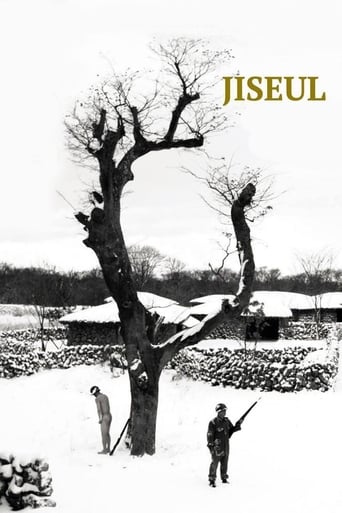
19 Jan 2013

Jiseul
The populace of a South Korean island rebels against police brutality. The protesters are labeled as communists, and the army is dispatched.

19 Jan 2013

The populace of a South Korean island rebels against police brutality. The protesters are labeled as communists, and the army is dispatched.
No overview found
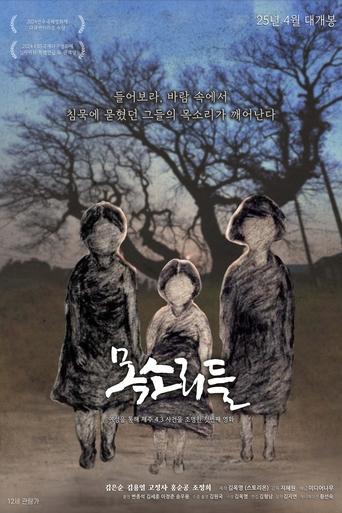
02 May 2024

In the turmoil of the Jeju 4.3 incident, Jeju Island witnessed the loss of an estimated 25,000 to 30,000 lives, with women constituting a significant yet often unrecognized proportion of the victims. This documentary illuminates the once-shrouded experiences of these women, led by a dedicated Jeju 4.3 researcher.
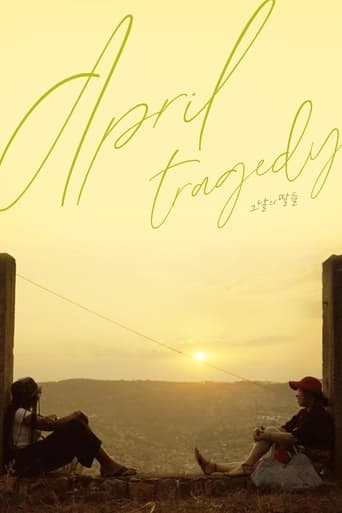
03 Apr 2024

The oral writer of the April 3 Uprising and a Rwandan who came to Korea to study face each other, have a conversation, and then go on a trip hand in hand. The two people, from different generations, nationalities, and occupations, have something in common: they are the daughters of massacre survivors.
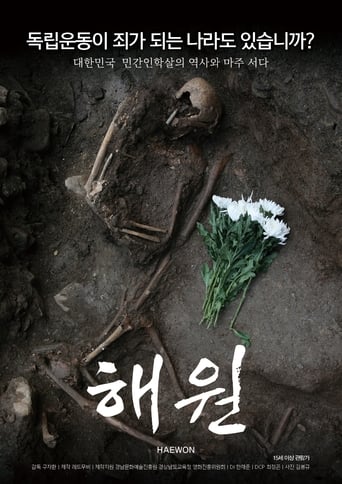
10 May 2018

According to a survey by the U.S. military government in 1946, 78% of the South Korean people wanted socialism and only 14% capitalism. By appointing the pro-Japanese collaborators and the rightists, Rhee Syngman, who had not received the people's support, massacred those groups and civilians that were political stumbling blocks. In dealing with the Jeju 4.3 uprising in 1947 and the Yeosun incident in 1948 and The Korean War having broken out, massive civilian massacre became regularized.
15 Sep 2023
No overview found
17 Sep 2023
Wan-soon, a 9-year-old girl living on the island, managed to survive a massacre that took place 75 years ago. The lingering effects of this unresolved ordeal are emphasized, and the girl embarks on a journey to depict the vivid red fragments that remain in her memory, using a red colored pencil as her means of expression.
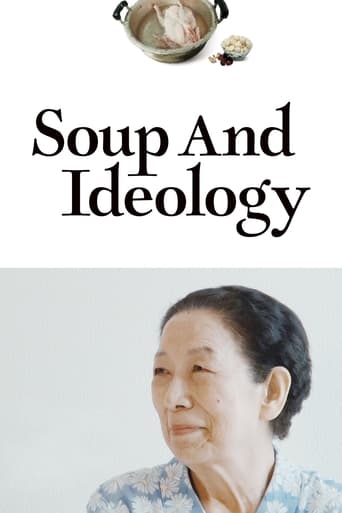
11 Jun 2022

Confronting half of her mother’s life—her mother who had survived the Jeju April 3 Incident—the director tries to scoop out disappearing memories. A tale of family, which carries on from Dear Pyongyang, carving out the cruelty of history, and questioning the precarious existence of the nation-state.
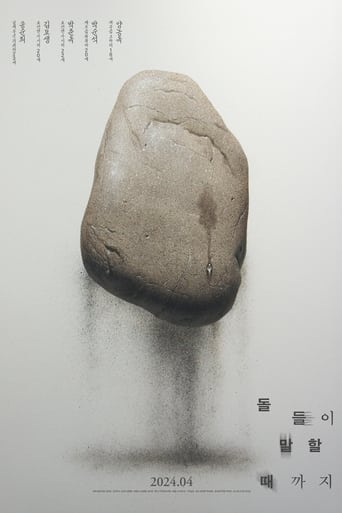
17 Apr 2024

There are five grandmothers, four of whom went to Jeonju Prison due to the Jeju 4.3. All of them were young people around the age of 20 at the time of the incident in 1948. The outline of the incident is formed when hearing the experiences of those who were sent to prison without trial particularly as women. The audience feels indescribable emotions by the fact that they have lived on despite what they had gone through, things that are just too much for a human being to bear.

03 Apr 2013

Focusing on Mrs. Kang Sang-hee’s life, she lost her husband in the Jeju Uprising (March 3rd, 1948). The film views the dark-side of Jeju Island, a huge grave, which is completely opposite of the other side of the island, the famous tourist attraction. It says that the tragedy has been going on about the recent Gang-jeong village situation.
11 Aug 2022
No overview found

02 Aug 2020

If you look into the entrance of one of the huge caves on the Korean island of Jeju, it looks like a camera lens. If you walk into the cave, it looks like a screen, a rectangle showing clouds and white light, just like a film. Director Kim Minjung delves into the bloody history of Jeju, where tens of thousands were killed in a massacre in 1948. The camera follows the traces in the landscape, sometimes transformed by a strident, distance-creating red light, accompanied by a commentary by avant-garde filmmaker Hollis Frampton. Film as a means to address history and its taboos.
08 Sep 2021
Immediately after liberation, an incident called 'Jeju Uprising' took place on Jeju Island, the Hawaii of Korea, under the control of the US military government. As a result, about one-tenth of the total population of the island at that time was sacrificed. The children who survived the massacre record the memories of that day in an animated film 70 years later.
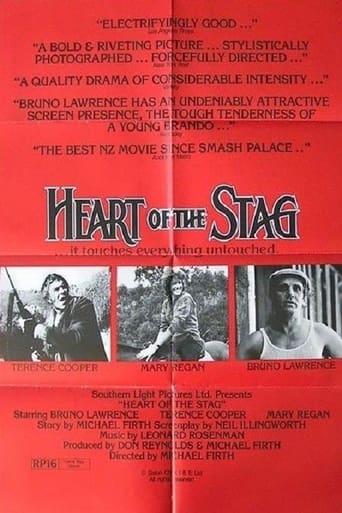
28 Jul 1984

Chilling story of a farmhand who realizes his popular boss has been committing incest with his daughter for years.

27 Dec 1996

Longchun is from a broken home. He lives in the countryside with his mother and stepfather. His father lives in Bangkok and has a much better life with another brother. He hates his stepfather. One night he gets into a fight with him stabbing him in the stomach. His mother tells him to run away to Bangkok. Once there he gets arrested and even though he hates his father, he has to rely on him to bail him out. Once at his home he causes more trouble immediately. He is also a bad influence on the brother. Then he finds out that he is not the only tough kid in Bangkok and gets mixed up with others like him and causes more trouble for everyone.

09 Nov 2001

Based on actual events that plastered the front pages of Thai newspapers in 1986, Sherry Anne was a Thai-American teenager whose murdered corpse was left by the roadside. The investigation resulted in four men being wrongfully accused and jailed for 7 years. The case of Sherry Anne led to public outcry demanding improvement in the legal system to protect the wrongfully accused people.
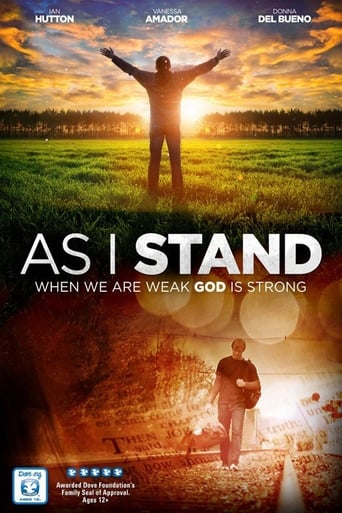
05 Feb 2013

This heartwarming story follows two families that are brought together by tragedy but forever joined through faith. Devin Wheeler and Matthew Daniels are loving, hard working men who believe in God, family, and helping others. Their lives quickly turn into a search for peace and understanding when a single horrific event impacts everything that they have ever loved. While Devin looks to his faith for strength, guidance, and refuge; Matthew shuns his faith placing blame and demanding answers. As the landscape of their lives continues to change, each man handles the road ahead in a very different fashion. An unlikely friendship would soon form, causing both men to meet at a crossroads faced with the same question...Would you love God for nothing?

18 Dec 2013

In 1973, towards the end of the Franco regime, the famous catalan writer Mercè Rodoreda bumped into the literary critic Josep Maria Castellet in Geneva where she lived exiled and she invited him to tea at her house. The writer was a most discrete person and maintained everything that concerned her wrapped in secrecy. Indeed she herself had become a secret or perhaps, even a maker of secrets. However that afternoon, strangely, she opened up and shared many intimacies.
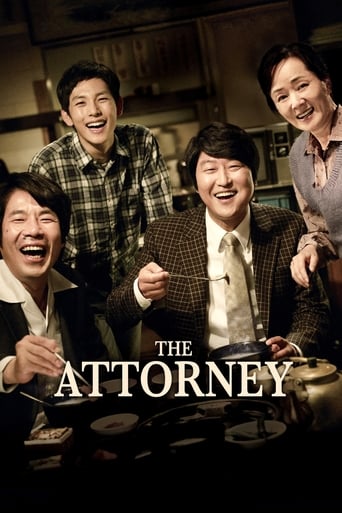
18 Dec 2013

Song Woo-seok is a lawyer with no clients. When his friend's son is falsely accused of a crime and tortured, he takes up the case and the course of his life changes for good.
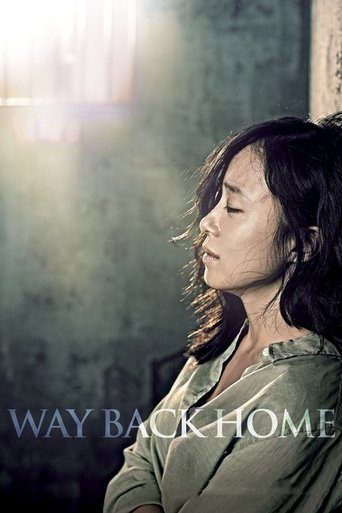
11 Dec 2013

Jeong-yoon and Jong-bae own a car body repair shop together that gets in financial trouble. To help cover the losses and take care of her family, Jeong-yoon decides to smuggle thirty kilograms of cocaine.